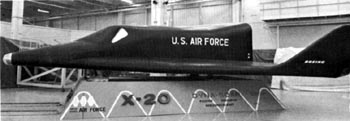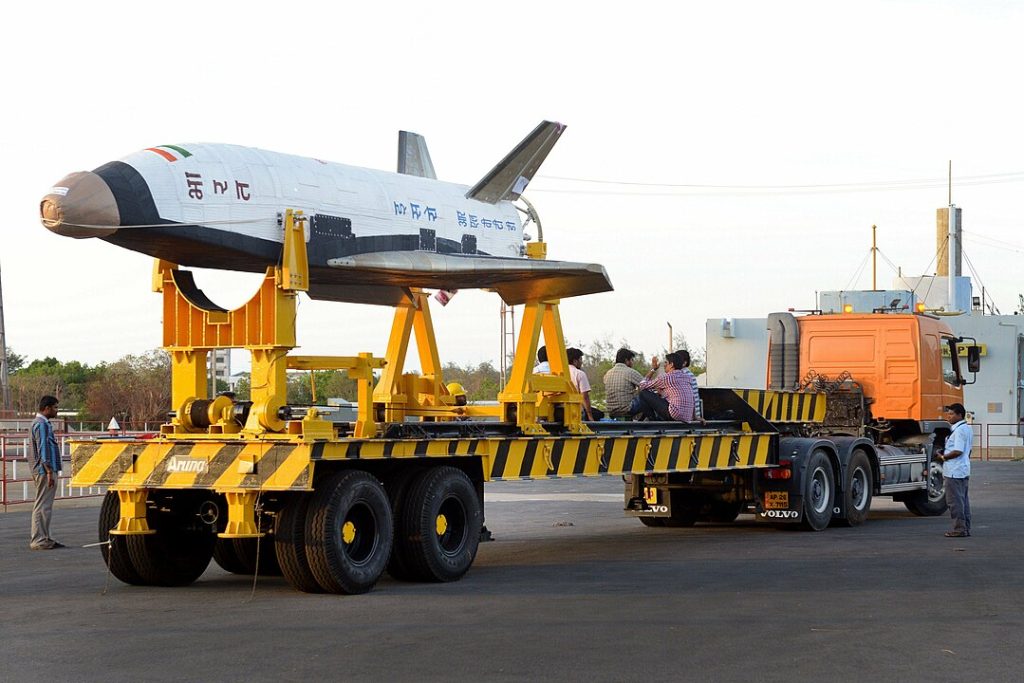
The X-37B robot spaceplane has blasted off on its seventh mission. This launch, which took place on December 2023, from Kennedy Space Center Launch Complex 39A, was notable for being the first time the mysterious X-37B was sent into orbit aboard a SpaceX Falcon Heavy rocket.

Secretary of the Air Force Frank Kendall recalled the legacy of the early space era, stating, “This is an incredible event, and I think about the teamwork over all those decades that has led to what has been a revolutionary improvement in space travel capability.” The X-37B is central to this narrative as a reusable, unmanned spacecraft that conducts technology experiments to hasten the development of next-generation capabilities.

This mission will focus on “space domain awareness technologies,” according to the Space Force. It will also help NASA investigate the effects of long-term radiation on plant seeds, “paving the way for future crewed space missions.” “The X-37B continues to equip the United States with the knowledge to enhance current and future space operations,” Chief of Space Operations Gen. B. Chance Saltzman said in a statement. “X-37B Mission 7 demonstrates the USSF’s commitment to innovation and defining the art-of-the-possible in the space domain.”

The duration of the current X-37B mission has not been disclosed, but it is expected to extend until June 2026 or beyond, following the trend of increasingly longer flights.

Developed by Boeing, the X-37B bears a resemblance to NASA’s decommissioned space shuttles, yet it is only a quarter of the size, measuring 29 feet (9 meters) in length. This unmanned spacecraft is equipped with an autonomous landing system. They launch vertically like rockets but land horizontally like planes, and are meant to orbit at altitudes ranging from 150 miles to 500 miles (240 to 800 kilometers).

As the X-37B orbits the Earth, completing its classified objectives, it carries with it not only the potential for groundbreaking technological advancements but also the weight of international competition in the final frontier. With each successful mission, the U.S. reinforces its commitment to maintaining a strategic edge in space, even as the landscape of this new domain continues to evolve with each orbit.
related images you might be interested.










